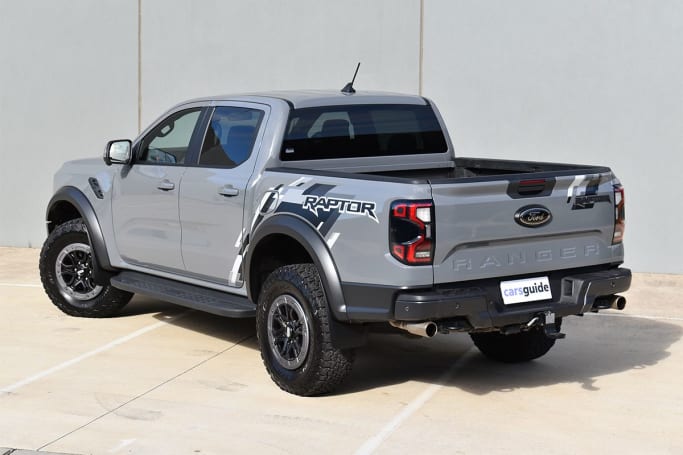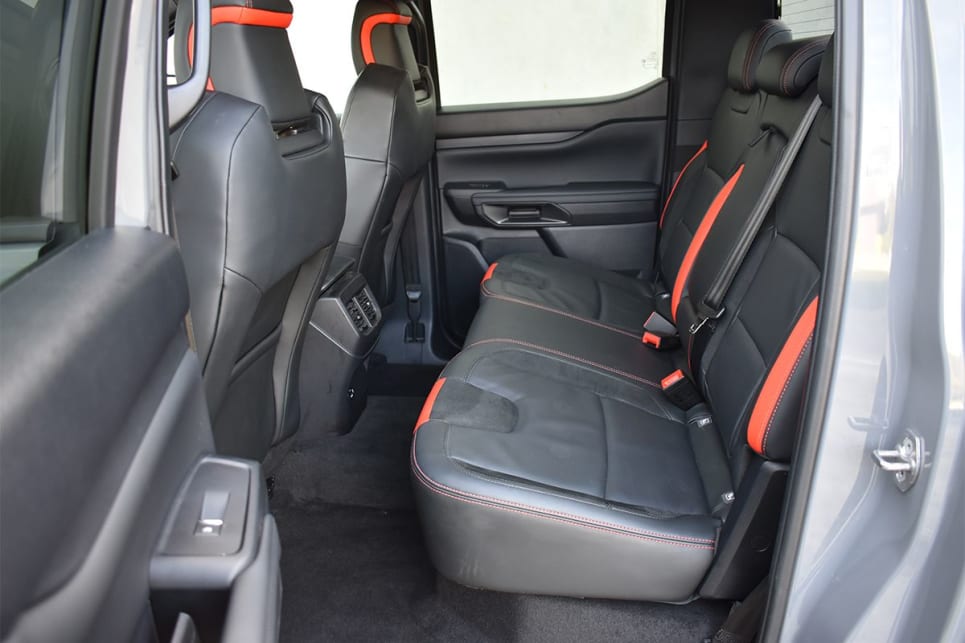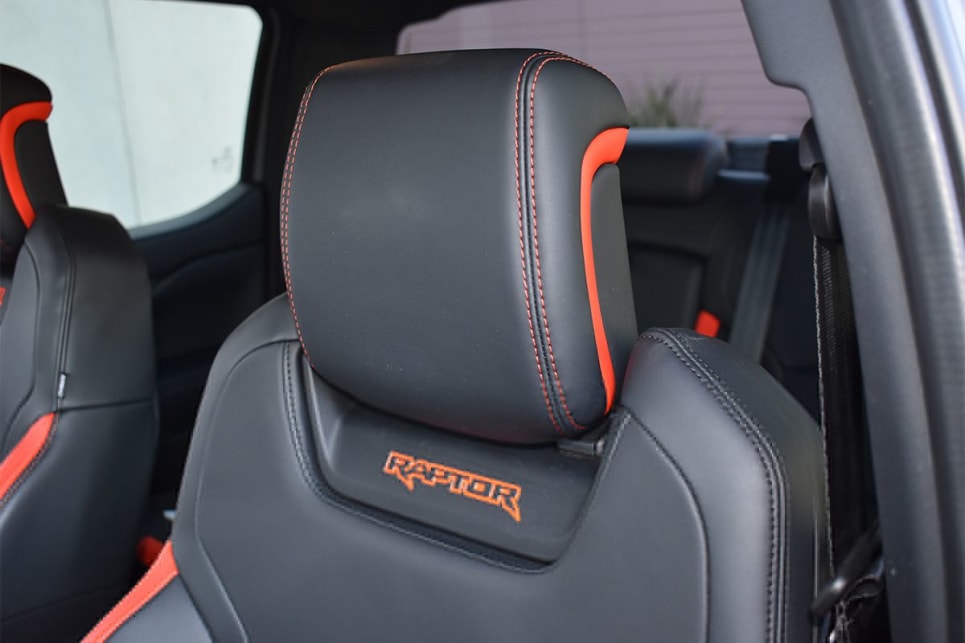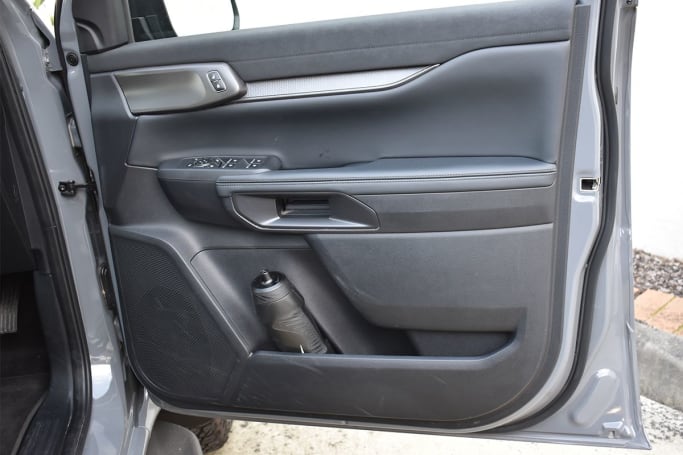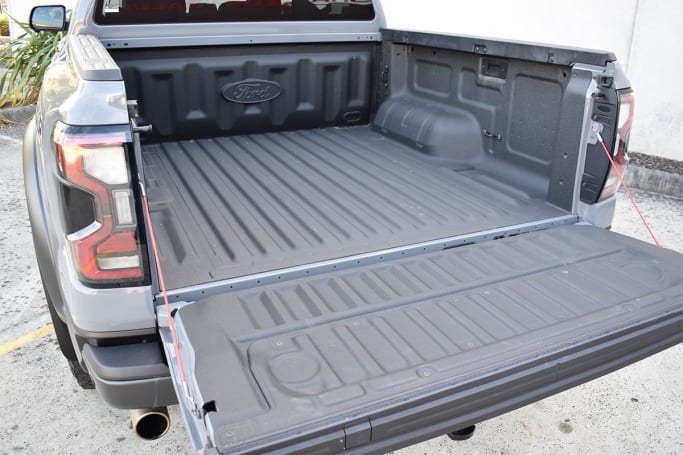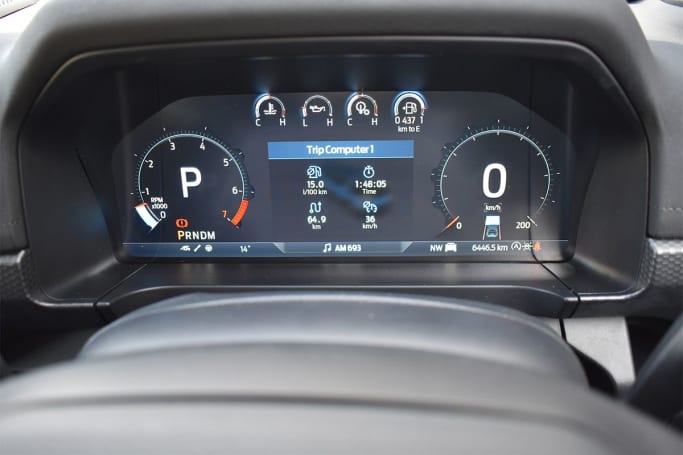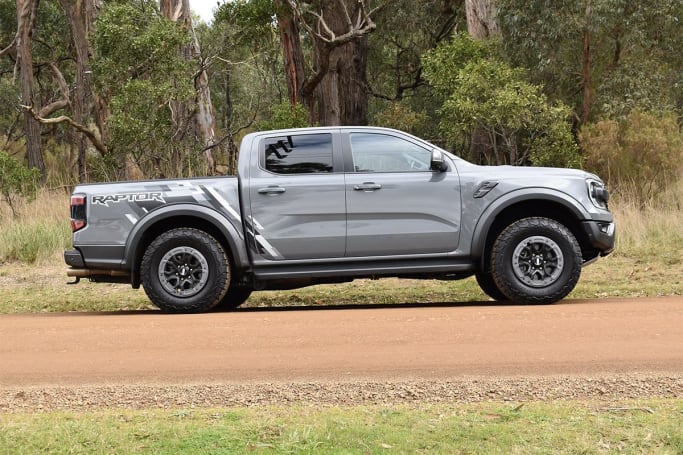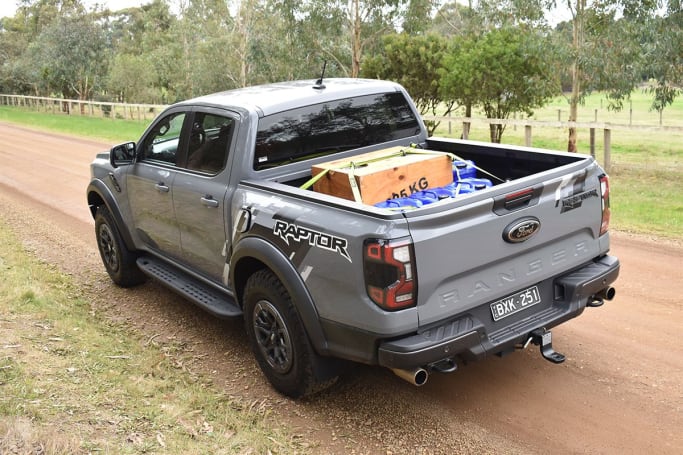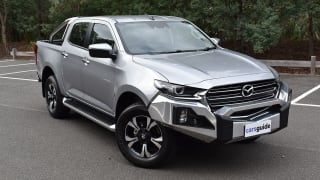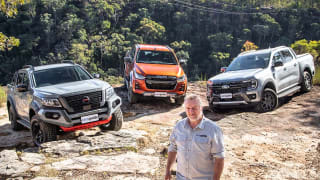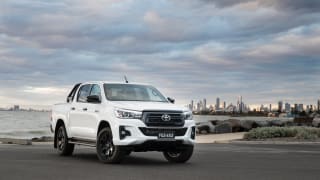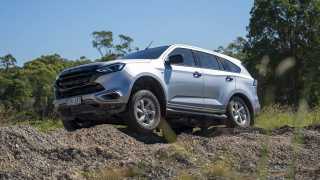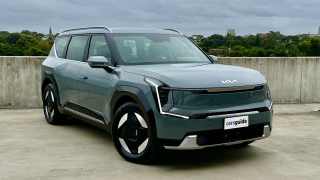The Raptor is available only with its exclusive 3.0-litre twin-turbocharged EcoBoost V6 petrol engine, paired with a 10-speed automatic transmission, for a list price of $86,790, plus on-road costs.
Our example is fitted with the optional ‘beadlock capable’ wheels (which lock the tyre beads to the rims for high performance applications) that add $2000, along with 'Conquer Grey' prestige paint ($700) and Raptor decal pack ($500) which bump the list price to $89,990.
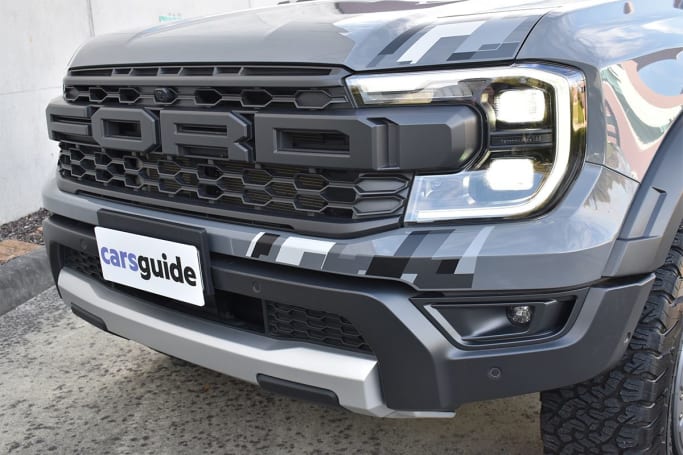
As you’d expect for a ute nudging $90K, the Raptor is loaded with desirable features in addition to its unique drivetrain, chassis and suspension hardware.
This starts with 17-inch alloy wheels wearing meaty 285/70 R17 BF Goodrich KO2 high performance all-terrain tyres with a matching spare.

There’s also Matrix LED headlights with auto-levelling and dynamic bending plus signature ‘C-clamp’ LED daytime running lights, LED fog lights and LED tail-lights, heated mirrors with puddle lamps, spray-in bed-liner, 12-volt power outlet in the load tub, cast-aluminium side-steps, steel underbody protection, dual recover hooks front and rear and more.
Also standard is a 2500kg towbar with integrated trailer-brake controller and trailer-light check.

Inside, occupants are indulged with sumptuous leather-accented seating including 10-way power-adjustable and heated driver and front passenger seats, two-way adjustable leather-wrapped steering wheel with cast-magnesium paddle-shifters, leather gear-knob, auxiliary switch bank for controlling numerous accessories, two 12-volt outlets, USB ports, wireless phone-charging, dual-zone climate, etc.
Plus there’s a 10-speaker multimedia system with Ford’s latest 'Sync 4A' voice-activated control, wireless Apple/Android connectivity, digital radio and big 12.4-inch multi-function touchscreen. There’s also benchmark driver assistance and safety tech plus numerous factory options.




